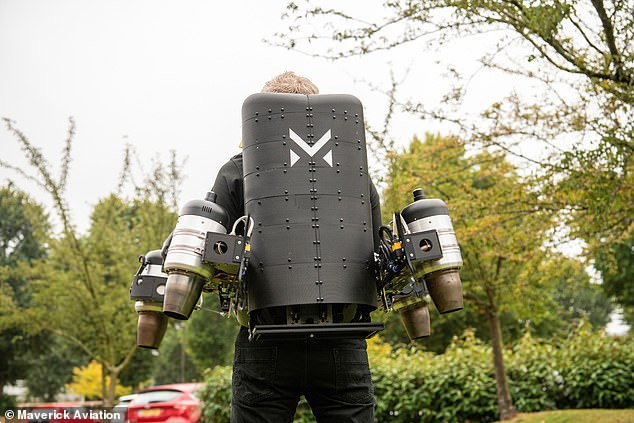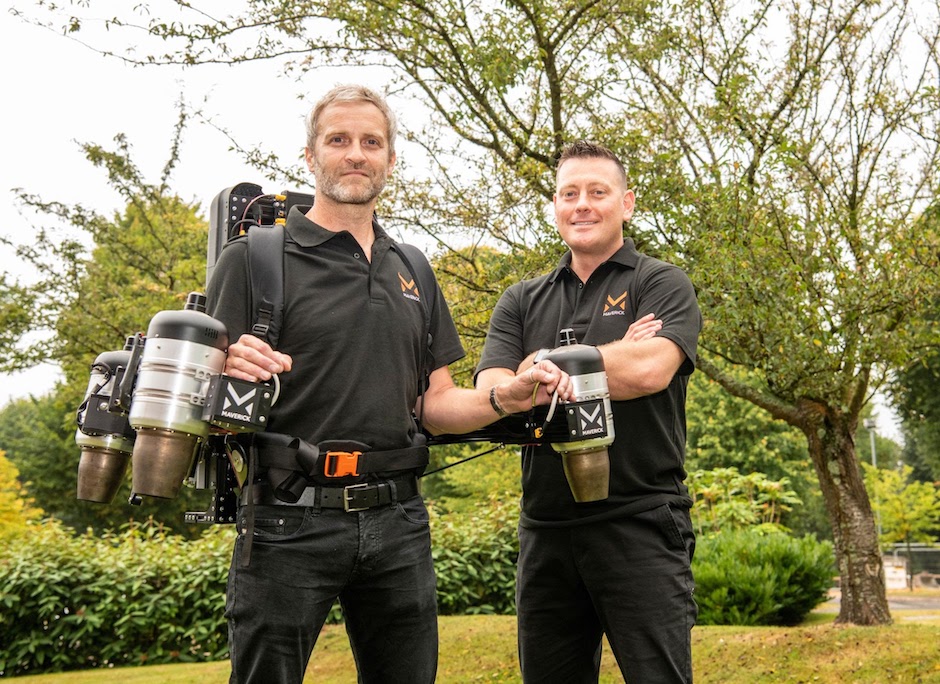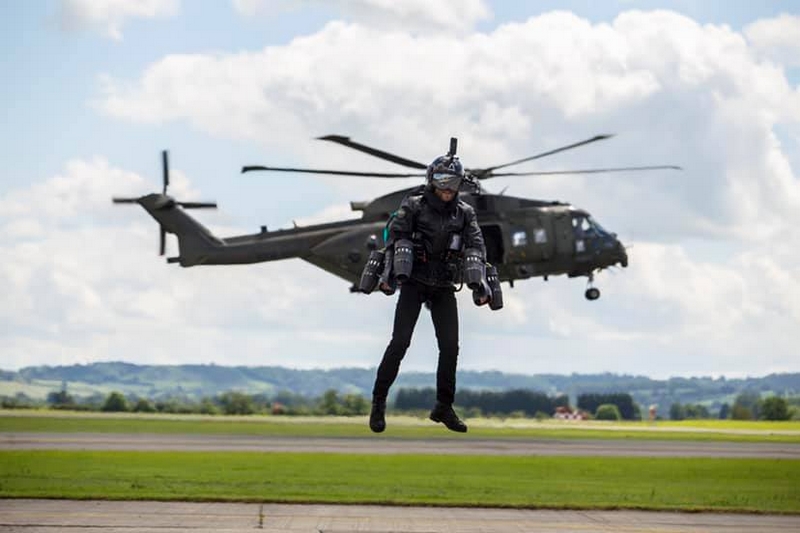In England, engineers believe they’ve created a jetpack so easy that anyone can fly it safely with little training.
According to a statement from Construction Global, Maverick Aviation says the jetpack can reach up to 30mph. In addition, it features a simple learning curve and even an auto-pilot function installed.
“What is unique about what we’re doing is the computer-controlled autopilot system that makes flying effortless and easy to control with precision,” co-founder Antony Quinn said in the statement. “That’s how we have changed jetpacks from exciting to useful.”

It’s still unclear whether any of it will stand up in the actual world. However, the company has confirmed that it will not be testing its jetpack with a human next summer.
The jetpack was designed specifically with construction and engineering workers in mind. Its ease-of-use will mean a lower cost of training,” Quinn said,
“So you’re going to have all sorts of professionals suddenly able to work in the most inaccessible environments quickly and safely.”

“I realized that the growing onshore and offshore wind industry really needed a solution like this,” he said. “Their engineers climb up ladders inside these structures for hours each day, and, in an emergency situation, it’s almost impossible to get down quickly. Drones can be useful for inspections, but in many circumstances, you need to get an engineer up there.”
Jetpacks on construction and engineering sites, naturally, create a slew of safety and liability concerns. Jetpacks are extremely dangerous, which has effectively stifled any chance of mass acceptance for decades.

For one thing, just because something is simple to use doesn’t mean it’s safe. You also want employees to be strictly trained to use them. This is particularly crucial when you remember that people died before jet packs. Truth be told, the jet packs were made for stunt flying.
And, while a pompous press release may be circulating, but the fact is that this has not yet been tested in the real world.


